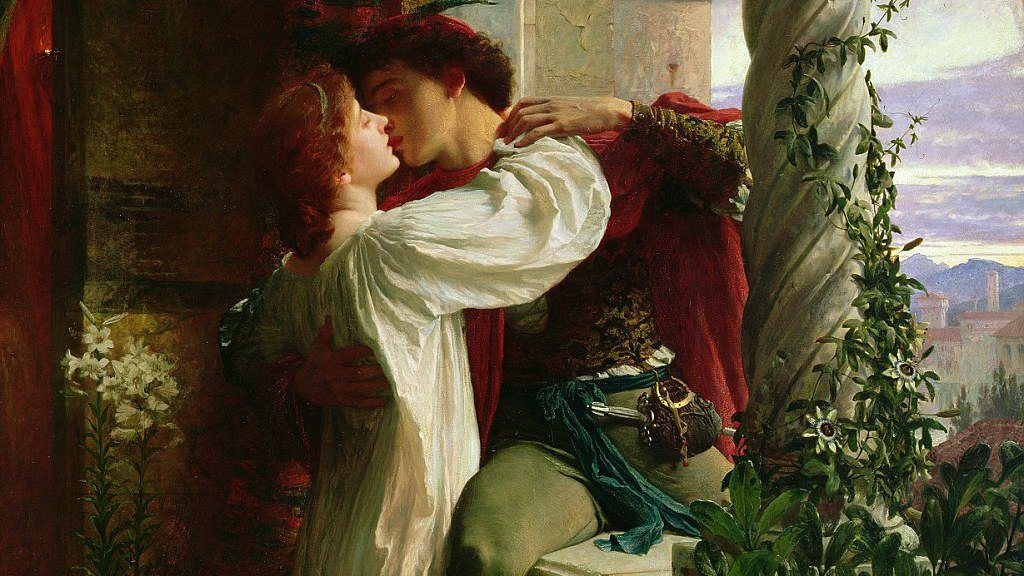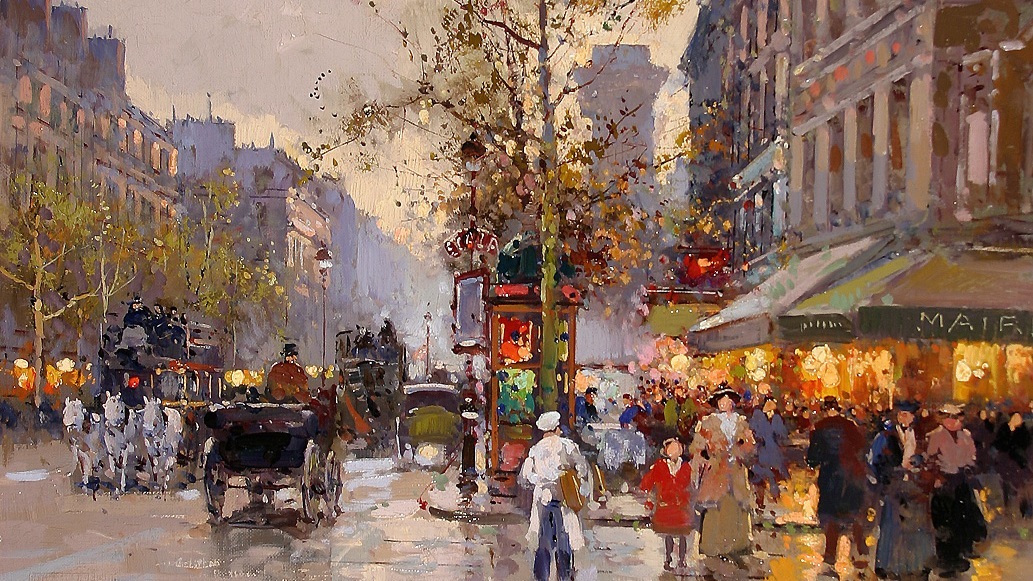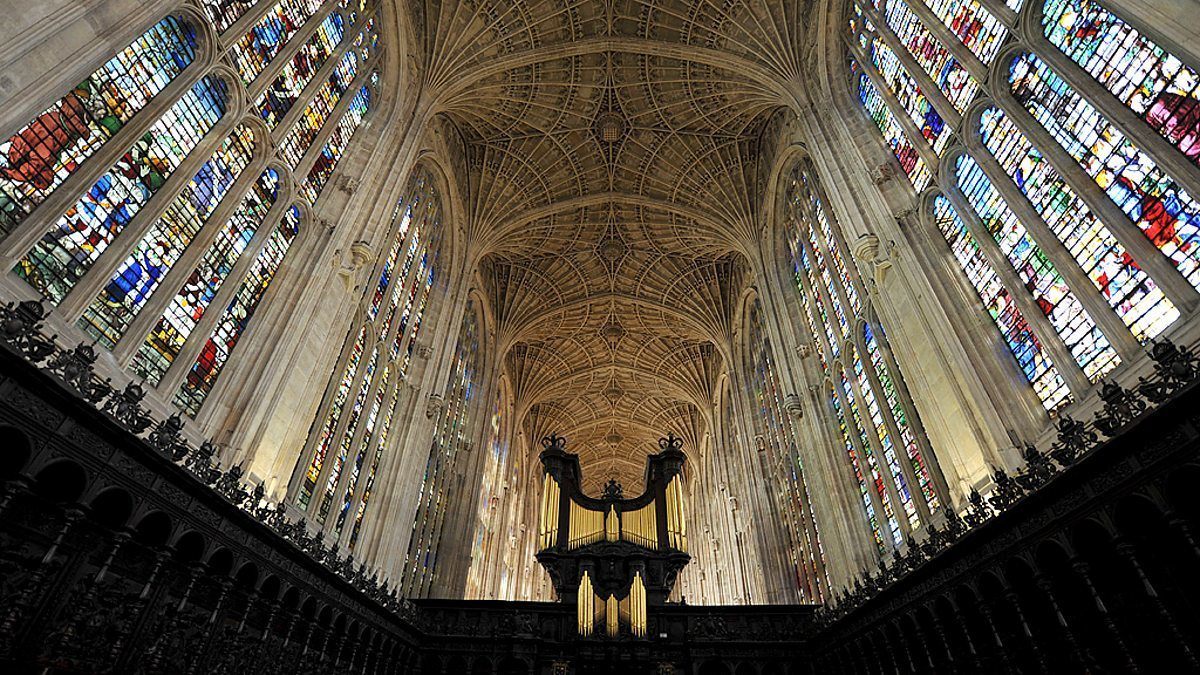Berlioz’ “Roméo et Juliette”: Scène d’amour
In 1827, Hector Berlioz witnessed a performance of Shakespeare’s Romeo and Juliet at Paris’ Odéon Theatre. The cast included Harriet Smithson, the Irish actress who became Berlioz’ first wife and creative muse, as well as the inspiration behind Symphonie fantastique. Shakespeare’s tragedy had a visceral effect on the composer, who did not understand English but was affected by the pure sound of the poetry and the power of the acting. In his Memoirs he wrote, …






